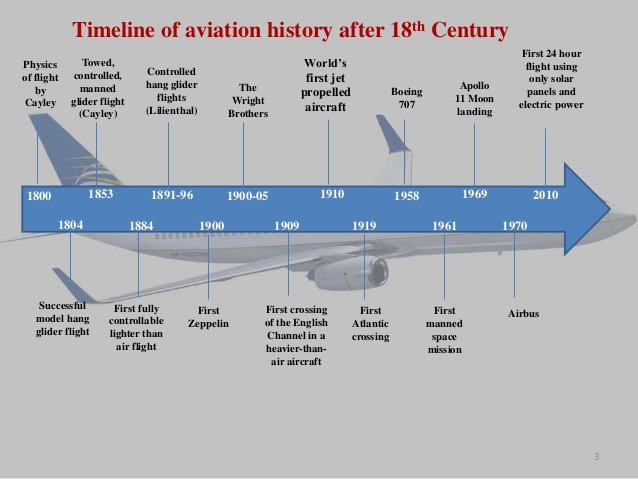The Road to Financial Inclusion

Source [image.](https://www.uncdf.org/download/file/4142?defaultFile=%2FDefaultImages%2FdefaultImage.png&thumbnail=False&cultureId=127&useLarge=true)
According to the world bank about 1.7 billion of adults remain unbanked – without an account at a financial institution or through a mobile money provider. Financial inclusion is an important aspect of social development as credit and saving opportunities are the cornerstones of economic growth and economic well being. However, in many countries around the world this inclusion – often taken for granted in the developed world – is far from being a certainty, or even an option. To elaborate on my exploration of Nepal (check out my recent article about human trafficking between Nepal and India), I decided to zoom in on Nepal's banking situation, and what technological innovation could potentially mean for its capability deprived citizens.
According to the 2017 World Bank Global Financial Index, financial inclusion in Nepal increased from 25% in 2011 to 45% in 2017. Although this stat seems promising, it should be noted that this growth in financial inclusion is still notably lower than that of 127% and 111% recorded for India and the South Asian region. The same data report by the World Bank also showed that Nepal had a lower level of growth in financial inclusion compared to Sri Lanka and Bangladesh (over the years 2011, 2014, and 2017).
The World Bank showed that the distance to financial institutions (terrible branch accessibility) is one of the reasons why people remain unbanked. Financial illiteracy and the costs associated with banking also play an important role.
After some Googling I found out that the government of Nepal is actually pursuing the endeavour of establishing access to a bank for all of its citizens, and has ordered a branch in each of its 753 districts. I found this to be kind of odd, as sub-Saharan African countries have shown that focusing on digitisation – in the form of mobile money – has a lower barrier of entrance, and wins when it comes to cost effectiveness. This is probably why the Nepali government has also stimulated the adoption and innovation of Nepali Fintech companies. As of today, two popular mobile wallets – that can be used for anything from paying for utilities, to remittances – are eSewa and Khalti Digital Wallet. Both apps have over 1 million downloads in the Play Store.

eSewa Money Transfer Nepal.
As far as the ''old-fashioned'' approach from the government goes, Himalayan Bank (Ripple customer), a large, privately run lender founded in 1992, was told to open new branches in 11 districts around the country. Nabil Bank added 12 branches to its roster, while RBB opened 14. Jyoti Bikash Bank, a nationwide development bank, opened 18 new branches in rural areas between May 2017 and October 2018. Few could deny that the plan, as originally intended, has been a success: at the end of April 2019, according to central bank data, there were branches in 730 districts, leaving just 23 to go.
This is all great, but what's the impact? Unfortunately the latest report by the World Bank is the one from 2017, and there simply aren't any other credible sources that capture our required stats. However, I found a blog post that used statistics from Nepal Rastra Bank to give us a sense of the adoption of mobile banking in Nepal.

The graph, prepared using statistics from Nepal Rastra Bank, shows Nepal has recorded a steady growth rate of mobile banking users.
The underbankend and unbanked population of Nepal face an incredible opportunity by the innovation made in mobile banking – accessibility, usefulness, and cost effectiveness – although, it should be noted that the majority of mobile banking users are from urban areas (about 81% of Nepal's population lives in rural areas). A recent published article from Khalti (the mobile wallet Fintech) claimed that they have 150,000 active users, out of a total of 1.2 million registered. Overall it has been a vocal point of critique that many Nepalis register for a bank account or mobile wallet, but then rarely use its service. Many argue that digital literacy and financial literacy is required to increase both access to and usage of mobile banking in rural parts of Nepal.
Education certainly plays a pivotal role in Nepal's conquest to establish financial inclusion. “Most people in Nepal are uneducated, illiterate,” says RBB chief executive Kiran Kumar Shrestha. “They don’t know how to do business, write their name or open a bank account.” In a policy review, with focus on financial inclusion, Bhubanesh Pant (PhD) emphasised the need of financial education and investment support. Credit has become much more accessible over the past few years, however, the financial institutions often don't stimulate or give guidance on investment opportunities. This results in little growth and much debt. India has faced a similar problem, where farmers eventually killed themselves in plenitude because of compounding debt due to financial illiteracy.
When I learned about these obstacles, I soon came to understand the all encompassing ban on cryptocurrencies in Nepal.. It's simply too prone for disaster.
Personal thoughts
I've been contemplating about the opportunity for non-custodial blockchain based payment apps (XUMM alike) in rural areas of developing countries like Nepal. The increasingly accessibility and affordability of internet connections and smartphones has resulted in the upsurge of adoption and usage of mobile wallets across the globe. This trend is also clearly visible in Nepal. However, the backlog in education – more specific: in financial literacy – poses, in my opinion, the biggest obstacle on the road to financial inclusion. Even considering an easy to use interface, and interoperability among multiple wallets (and the ability to pay taxes and utilities), the need for accountability and education points us in the direction of the word ''service''. In other words, there will be a need for customer support and reimbursement options when funds disappear.
In Nepal the banks have unconsciously invited tough competitors with the new Fintech mobile wallet providers. Just last week eSewa established a partnership with Malaysian Valyou to support Malaysia – Nepal remittance flows ( biggest corridor with 22% of all incoming remittances) as a cheaper alternative to the banks.
Earlier this year Himalayan Bank partnered up with Ripple to: ''.. integrate blockchain technology with online Remittance system.''
A perfect example of healthy competition.
DLT (Distributed Ledger Technology) based tools will improve efficiency under the hood, while customers can expect to benefit cheaper rates and a better user experience. I believe that the competitive environment that's emerging in the financial sector will unleash a period of relentless innovation with, likely, at the end of the day, the unbanked as the big winners.
Thank you for reading;)
Let me know your thoughts @nvds888
References:
https://www.xrparcade.com/news/himalayan-bank-a-ripple-customer/
https://risingnepaldaily.com/opinion/embracing-digital-finance-system-need-of-hour
https://thehimalayantimes.com/opinion/banking-the-unbanked-ensuring-financial-inclusion/
https://globalfindex.worldbank.org/chapters/unbanked
https://blogs.imf.org/2020/06/29/low-internet-access-driving-inequality/
https://blog.khalti.com/fintech-trends/mobile-banking-in-nepal/
https://www.nrb.org.np/contents/uploads/2019/12/2-1.pdf
https://www.soyacincau.com/2020/07/11/valyou-wallet-to-wallet-remittance-malaysia-to-nepal-esewa/
 Where Human Trafficking and Nepal Meet
Where Human Trafficking and Nepal Meet





















































